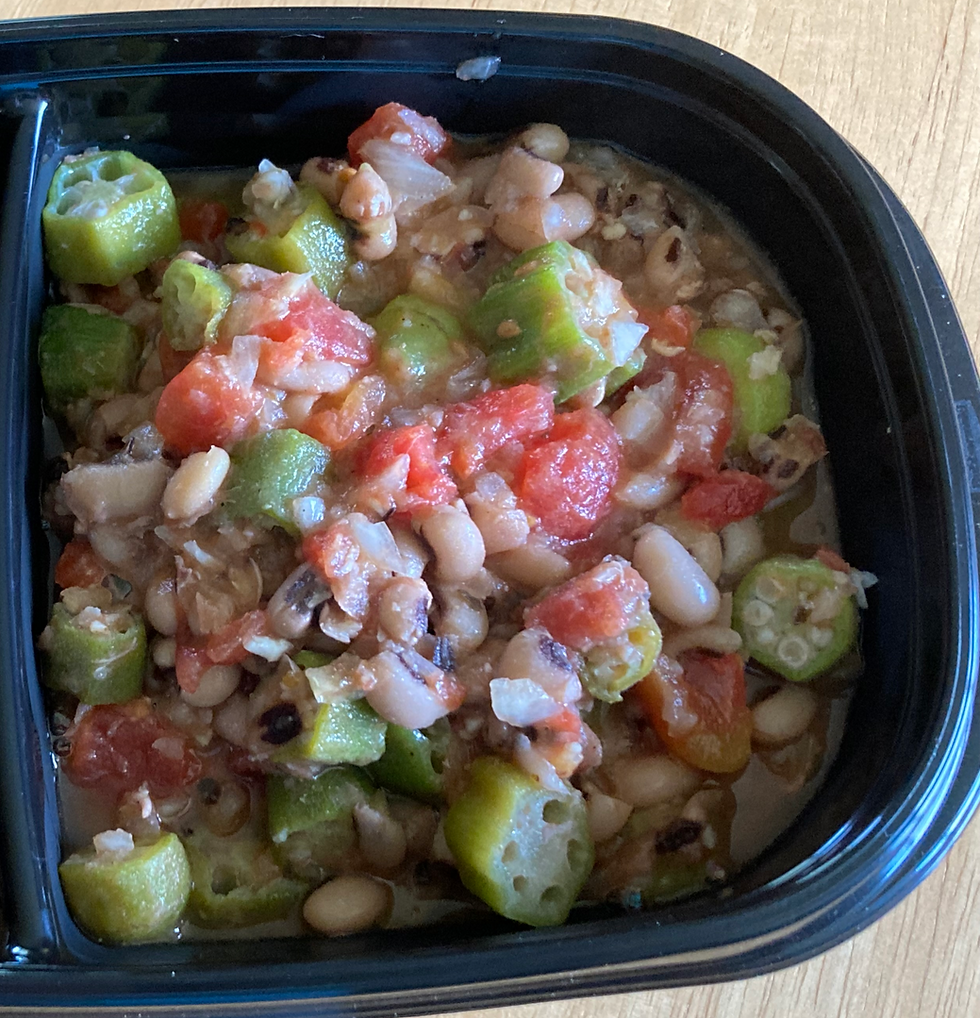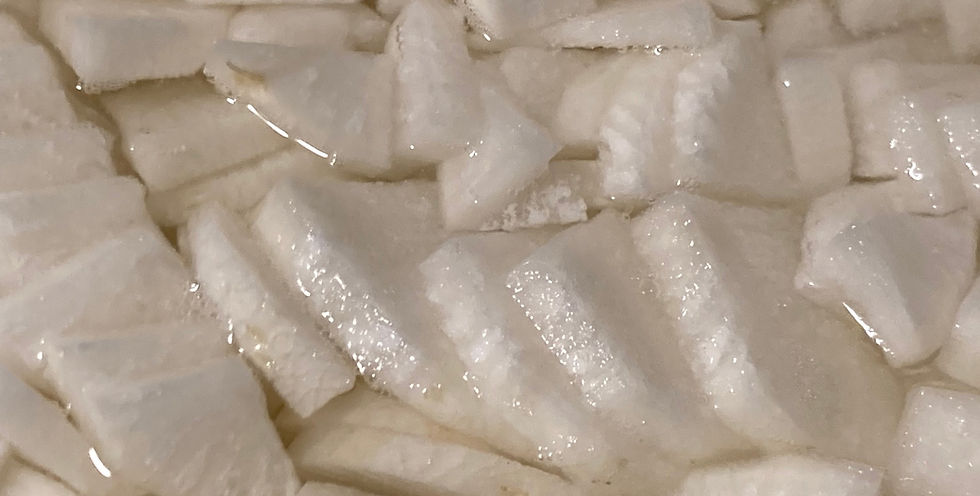How do I protect my heart?
- Juanita Weaver-Reiss
- Jun 20, 2017
- 5 min read
Finally! On to the fifth things to know if you have diabetes. This is a continuation of the 9 essential things to know if you have diabetes.
The other essential things to know, the targets are just pieces of information and knowledge. A person cannot change their diabetes with just information or knowledge, which is why I am including the way to take action in the next posts about what to know. (Maybe, I should have titled the posts - 9 essential things to do instead)
Action Steps to Protect your Heart
Know the heart risk factors
There are risk factors that may put a person at higher risk to have issues with the heart. Identifying the risk factors can help to key in on what are your particular risk factors and then what to do about the ones that you can influence or change to reduce those, or eliminate them as risks.
The risk factors are:
Your family history - if people in your family have had heart disease, you may be at a higher risk to have those also.
Your age - as you get older, your risk for heart disease increases.
Smoking - if you smoke, you have an increased risk for heart related issues.
Overweight - being overweight or obese increases the risk.
Being inactive - a risk factor.
The following conditions or health issues increases the risk for heart disease. These are high blood pressure, diabetes, high levels of LDL's and low levels of HDL's, and if you have high triglycerides.
So I know the risk factors? Now What? Know what you can change
Some of these risk factors are what I call "changeable" or they can be modified. Other of the risk factors cannot be changed. For instance, I have no control over what the heart history of my family has been or the fact that I have a birthday every year and am getting older.
I can change certain factors. For instance, if I was a smoker, I can take the steps needed to stop smoking. I can increase my activity and choose to move more during the day. I can look at factors that may be influencing my weight and choose to decrease calories, portions, or even eating sweets as often as I do to help with being overweight or obese. I could choose to work with a dietitian or a diabetes educator to learn how to change these risks.
The other risk factors, having high blood pressure, diabetes, high LDL's and low HDL's, and high triglycerides are also changeable. To change these, other actions will "flow over" and affect them. For instance, if I choose to be more active, I can lower glucose numbers, lower my blood pressure, increase my HDL's. I may choose to decrease the portions that I eat at meals. This could lead to decrease weight, decreased glucose numbers, lower blood pressure, and lower triglyerides.
Lifestyle changes and protection for your heart
Four factors can influence your heart health - These are what you eat/food choices, activity, reducing stress and stress management, and social connections.
Food choices
In a previous post, the plate was a tool to use to influence your glucose numbers. The same plate can be used to manage your heart and to promote healthy food choices.

The focus on fats
It is important to understand there are different types of fats and their impacts on the heart. There "bad" fats and "good" fats. Maybe a better way to describe them are not so good choices and better and best choices for fats that you eat.
The less often type of fats to eat would be saturated or solid type fats. These are fats that are solid at room temperature and can cause the HDL to go down and the bad kind of cholesterol, the LDL, to increase. This increases heart risk.
Solid fats, or saturated fats are found in animal products like meat and dairy foods. Another place the solid fats are found are in certain vegetable sources. These are palm, palm kernal, and coconut oils.
Coconut oil? Bad for my heart?
There is a craze right now with coconut oil. What that means is that it is being touted as a healthy choice even though it is a solid fat. There are a lot of studies currently being done to determine if coconut oil, even though it is currently classified as a solid, not good for your heart type fat, is an okay choice to use or not. That is the question.
Focus on good kinds of fats

Choose the more liquid type fats more often. These are two different types of fats. First, there is the monounsaturated type fats. These are olive, canola, peanut oils, and nuts. This type of fat will lower the LDL's and raise the good kind of cholesterol, the HDL's.
Polyunsaturated fats are also good to include in your diet. These kinds of fats come from corn, sesame, and soybean oils. They will help to lower your LDL's.
Action Tip: Swap the solid fats out for the more liquid types.
Use the food label to find the fats in foods
The food label is an excellent tool to find the fats that are in your food and to find out if you need to swap out your food for a different choice that has the kind of fat that is best for your heart.
Steps to reading a food label
Look at the serving size. The label will list what is in the serving size for the food.
Next look at the Total fat. The amount to aim for total fat is 3 grams of fat or less per serving. Aim to eat foods that only have 1 gram of Saturated fat or less per serving. Choose foods that have 0 grams of trans fat in them. Trans fats are worse for heart than saturated fats are. They increase the bad cholesterol (LDL's) and decrease your good cholesterol (HDL's).
Trans fat can be tricky. Label reading guide for Trans fats
Just because trans fat has 0 grams listed doesn't mean the food has 0 grams of trans fat in it. Food companies are allowed to list a food as having 0 grams but the food can have .5 grams of trans fat in it. Read the ingredient list and look for the word hydrogenated _____________. If you see hydrogenated in the ingredient list, you will know the food does have some trans fat in it.
Since trans fat causes the HDL to be decreased and LDL's to increase, it is better not to eat any foods that have trans fats in them.
Action Tip: Use the food label to focus on fats. Practice reading food labels.
If you need help with making changes to change out the solid fats to the healthier choices or to read labels, my website is http://www.nutritionandhealthworks.com/schedule-your-appointment
I wish you best health,
Juanita



Comments